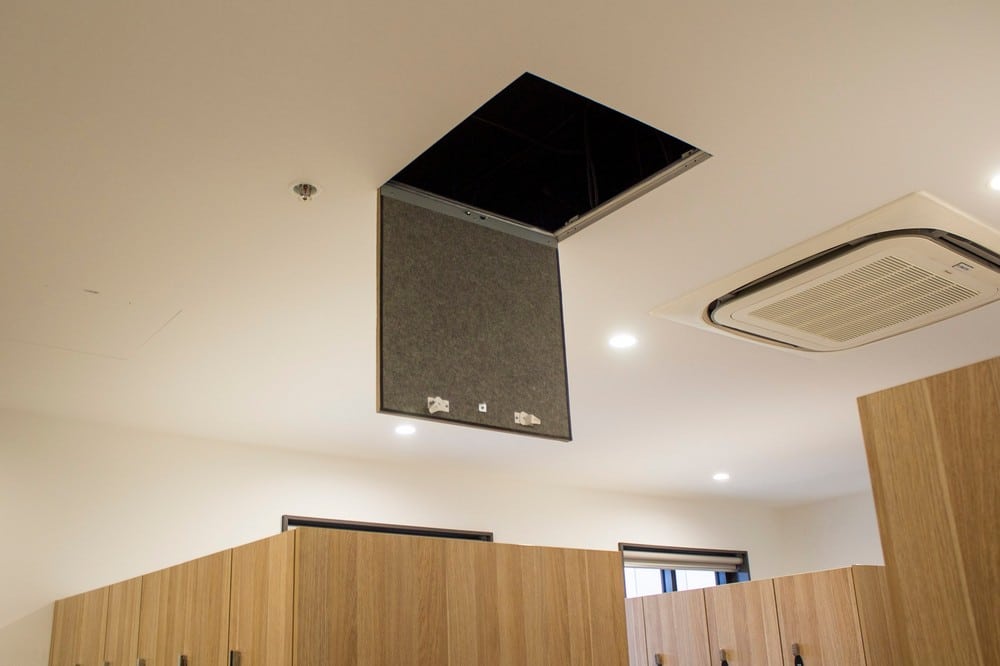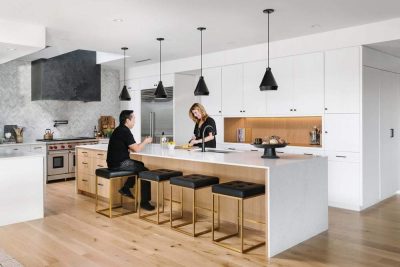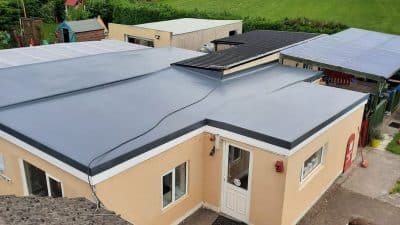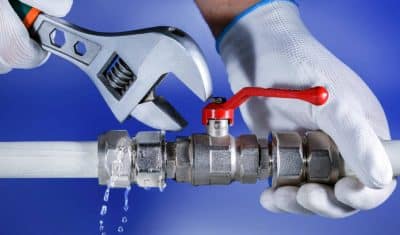
In commercial spaces, appearances and efficiency go hand in hand. While HVAC lines, electrical conduit, water pipes, and data cabling are essential to operations, they aren’t features anyone wants to see. Exposed systems can create visual clutter, safety concerns, and functional challenges during maintenance. But hiding them completely—without compromising access—requires more than guesswork.
Recessed access doors provide an elegant solution. Designed to blend seamlessly into walls and ceilings, they allow service teams to reach plumbing, electrical, and mechanical systems without disrupting the flow of a space.
This article explores how recessed access doors help keep critical building elements hidden and accessible at the same time—while supporting clean aesthetics, efficient workflows, and long-term maintenance ease.
What Are Recessed Access Doors?
Recessed access doors are built to sit flush with walls or ceilings, creating a seamless look that doesn’t interrupt the surface. Unlike standard doors that stick out, these models are designed with a recessed panel face, allowing drywall, tile, or plaster to be applied directly over them. The result is a hidden, discreet opening that blends smoothly into its surroundings.
These doors provide access to important behind-the-wall systems—electrical, plumbing, HVAC, or data—without compromising the room’s appearance. They’re commonly used in commercial and institutional settings, but their versatility means they can be installed virtually anywhere.
The Importance of Hiding Wires and Pipes in Modern Construction
Better Safety for Occupants and Equipment
Loose or exposed wires can pose electrical hazards—shocks, shorts, and even fires. Pipes that aren’t properly enclosed may drip, burst, or corrode, especially when bumped or tampered with. In high-traffic areas like offices, schools, and commercial facilities, this presents a risk to anyone moving through the space. Even at home, kids and pets can easily get curious.
Hiding infrastructure behind panels or walls acts as a built-in safety feature. It protects people from dangerous components and fragile systems from outside interference. This is especially important for buildings with sensitive equipment, such as hospitals, data centers, or laboratories, where even small damage can have ripple effects.
Maintenance Access Without Surface Disruption
Here’s the beauty of a well-planned hidden system: it disappears when you don’t need it and reappears exactly when you do. That’s where recessed access doors come in—they give maintenance teams direct, controlled access to wiring, valves, junctions, and shut-off points.
This means faster diagnostics, fixes, and fewer headaches for facility managers. In critical environments, having fast, clean access to plumbing or electrical systems can prevent downtime, avoid closures, and minimize disruption to occupants or operations.
Fire Risk Reduction Through Cable Containment
When cables are loose, exposed, or tangled in ceiling voids, they’re more likely to overheat or become ignition points in the event of a fire. Add dust, insulation, or nearby flammable materials into the mix, and risk climbs quickly. By contrast, enclosing wiring in approved conduits, fire-rated access panels, or cable trays helps reduce the likelihood of sparks spreading or flames jumping between surfaces.
Compliance With Building Codes
Building codes exist for a reason, and many focus on how utilities are installed, routed, and maintained. Exposed plumbing or unprotected wiring may fall short of local requirements, leading to failed inspections, construction delays, or expensive rework.
For instance, fire-rated access doors are often required in fire-rated walls or ceilings when concealing ductwork or utility runs. A compliant setup gives peace of mind to building owners and contractors.
Property Value and Market Appeal
A clean, modern look with organized infrastructure signals higher-quality construction. Potential buyers, tenants, or investors are more likely to see long-term value in a thoughtfully built property—especially when not distracted by dangling wires or pipes running across the ceiling.
Professionally concealed systems make spaces look newer and more refined. They suggest the building is up to date with codes. This can help secure better resale values, faster lease agreements, and stronger interest in competitive markets.
Space Optimization
When cables and pipes are left exposed—trailing along floors, hanging from ceilings, or jutting out of walls—they interfere with how a space can be used. Furniture placement becomes limited, circulation paths feel tighter, and even small rooms feel cluttered. This is a functional issue in compact apartments, retail setups, or busy corridors.
Concealing these systems within walls or ceilings restores order and frees up valuable room. It allows for more flexible layouts, sightlines, and openness. With recessed access doors, you maintain a clean finish while still allowing easy entry for maintenance or upgrades.
Flexibility for Future Upgrades
Concealing wiring or piping doesn’t have to mean sealing it off forever. When smart design is involved—like color-coded lines, clearly labeled junction boxes, and accessible recessed panels—tracing and upgrading those systems becomes much simpler.
Whether rewiring smart tech, re-routing plumbing for a new layout, or adding capacity for growing electrical needs, an organized and concealed setup saves time and avoids demolition. Future-proofing through concealment ensures you’re not starting from scratch whenever you need to expand or modernize.
Ideal Use Cases for Recessed Access Doors
Not every access point needs to be recessed, but there are clear scenarios where it offers the best results. Consider these common applications:
Hotels and Hospitality Settings
Guests expect polished interiors with minimal distractions. A panel in the hallway to access HVAC dampers or plumbing lines shouldn’t catch the eye. Recessed access doors allow service teams to work quietly behind the scenes.
Offices and Conference Centers
Cable runs, electrical junctions, and AV systems are often tucked behind finished walls. These need to be accessed occasionally but not seen daily. Flush-mounted panels let you keep the space clean without compromising functionality.
Residential High-Rises and Luxury Condos
In high-end condos, appearance is everything. Recessed access doors help maintain smooth surfaces in living rooms, kitchens, and bathrooms—without giving up access to plumbing or HVAC equipment hidden behind the walls.
To Sum It Up
From safety and code compliance to smart space planning, recessed access doors provide a dependable way to conceal essential systems without sacrificing accessibility. They support clean design, streamline maintenance, and help projects stay organized behind the scenes.








